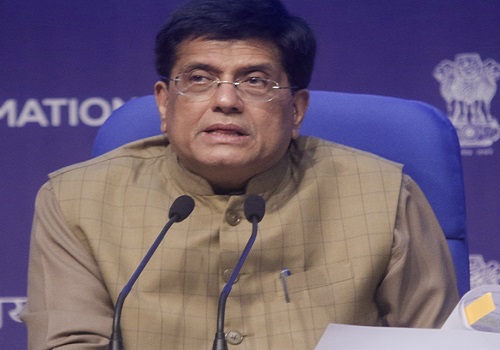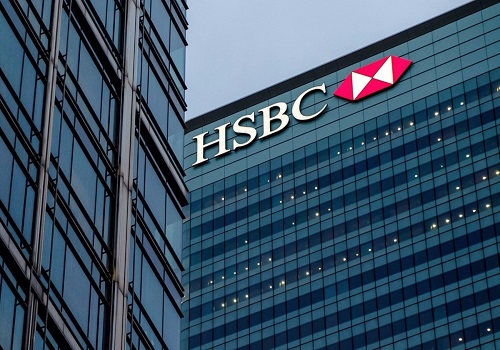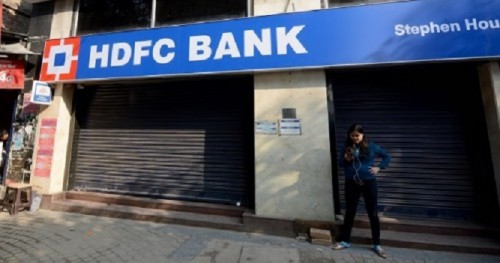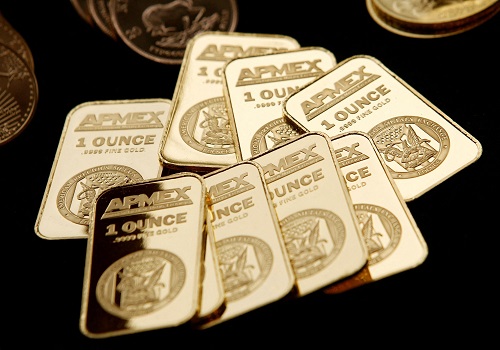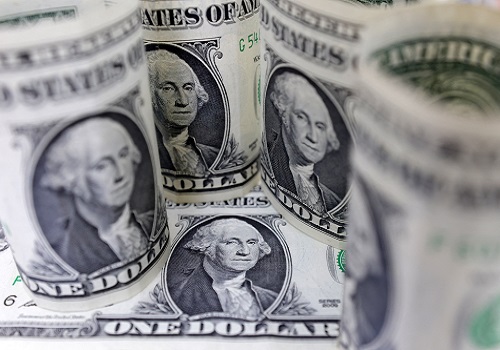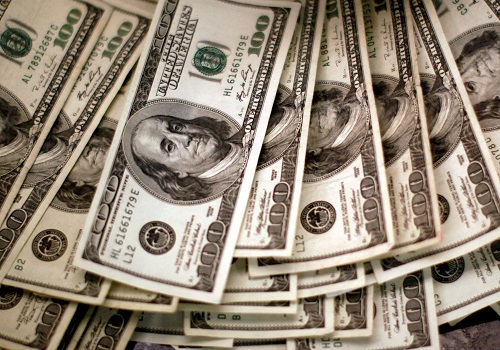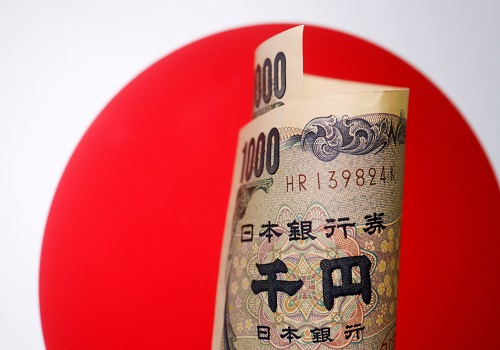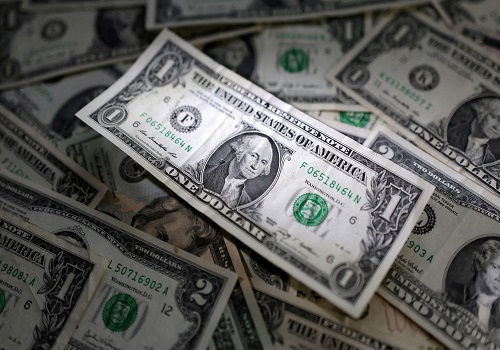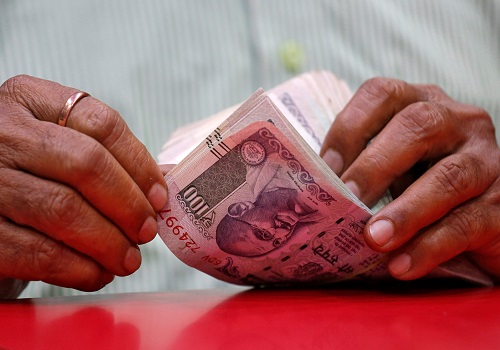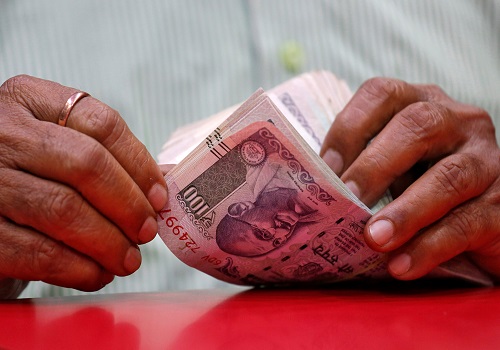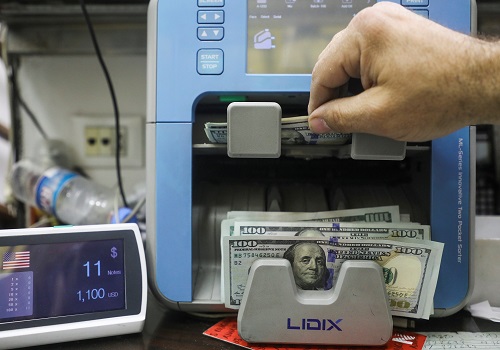U.S. dollar gains as risk tolerance drops with hawkish central banks
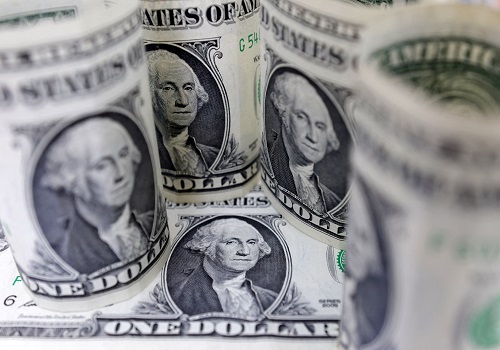
Follow us Now on Telegram ! Get daily 10 - 12 important updates on Business, Finance and Investment. Join our Telegram Channel
The dollar rose on Friday in choppy trading, extending sharp gains in the previous session as risk appetite soured and investors grappled with the prospect that borrowing costs still have a long way to climb.
The greenback briefly fell after data showed U.S. business activity shrank further in December as new orders slumped to their lowest in more than 2-1/2 years, while softening demand helped to significantly cool inflation.
S&P Global said on Friday its flash U.S. Composite PMI Output Index, which tracks the manufacturing and services sectors, fell to 44.6 this month from a final reading of 46.4 in November. It was the sixth straight month that the index remained below the 50 mark, which indicates contraction in the private sector.
"The weaker-than-expected flash PMIs would not stop the Fed from hiking. We've had a hawkish week with the Federal Reserve and the ECB (European Central Bank) and there's a lot of red on the screens; that's why I think you're seeing the dollar get bid here to the close," said Erik Bregar, director, FX & precious metals risk management, at Silver Gold Bull in Toronto.
"The jury is still out on whether the dollar has peaked. I think if risk-off sentiment continues over the holidays, we can see a dollar bounce. This dollar momentum here has some legs for at least another week or two," he added.
In afternoon trading, the greenback fell 0.8% against the yen to 136.67, after hitting a two-week high in the previous session.
Net short positioning on the yen continued to decrease in the week ended Dec. 13. Net shorts on the yen hit 53,188 contracts, the smallest since Aug. 30.
Sterling slipped 0.2% against the dollar to $1.2157, with the euro falling 0.3% to $1.0595.
On Thursday, the euro fell as well after the ECB raised interest rates and signaled it was far from finished, stirring fears about the potential damage to the global economy and sending investors toward the safe-haven greenback.
A day earlier, Fed Chair Jerome Powell said policymakers expected U.S. rates to rise further and stay elevated for longer.
New York Fed President John Williams upped the hawkish rhetoric on Friday, saying it remains possible the U.S. central bank raises interest rates more than it currently expects next year. The Fed has projected the peak fed funds rate at 5.1%.
That said, financial markets do not seem to be buying the hawkish Fed stance. The fed funds futures markets have priced in rate cuts by the end of 2023.
"Few expect the Federal Reserve to deliver on Wednesday's hawkishness," said Karl Schamotta, chief market strategist at Corpay in Toronto.
The dollar index, which gauges the currency against six major peers, rose 0.2% to 104.74, after rallying more than 0.9% on Thursday.
The index has surged around 9% this year as the Fed has hiked interest rates hard, sucking money back toward dollar-denominated bonds. Yet it has dropped roughly 8% since hitting a 20-year high in September, as a slowdown in U.S. inflation has raised hopes the Fed's rate-hiking cycle might soon end.
In Asia, the Bank of Japan decides policy on Tuesday, and while no change is expected at that meeting, some market participants have begun betting on some tweaks to stimulus as Governor Haruhiko Kuroda prepares to depart in April.
The risk-sensitive Australian dollar was 0.2% lower at US$0.6687. The Aussie plunged more than 2% in the previous session - its biggest drop since March 2020. The New Zealand dollar, however, rose 0.7% to US$0.6383.


.jpg)
